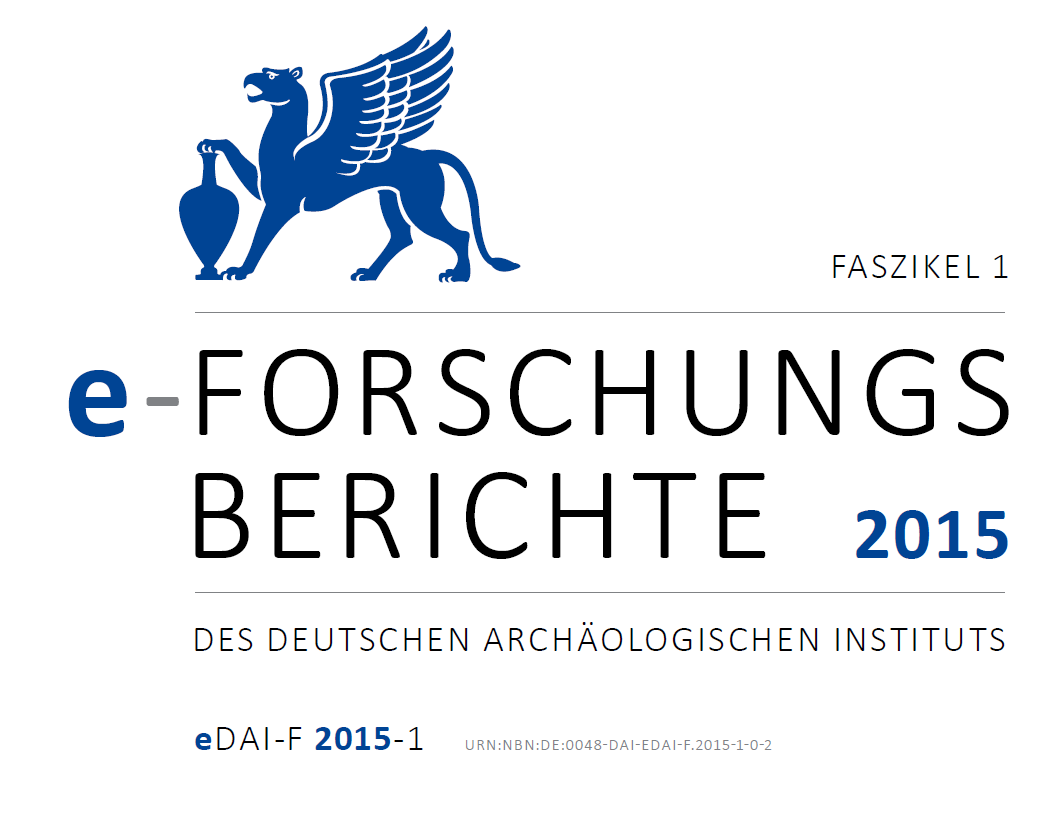Samos, Griechenland: Heraion und Heilige Straße
https://doi.org/10.34780/0a79-dsr9
Abstract
In the sanctuary of Hera, the excavations in the area east to the Great Altar continued. Beneath the uppermost archaic level, four older layers could be identified, the oldest one dating to 640/30 BC. The spectrum of findings is typical for sanctuaries: pottery, remnants of offering rituals or cultic meals, and votives like figurines, jewelry and fayences. A certain amount of those votives have their origin in Egypt and the Levant. – The second part of the campaign covered the area north of the Sacred Road, where the northeast limit of the prehistoric settlement (4th‒2nd mill. BC) was investigated. On destroyed levels of the Late Chalcolithic and the Early Bronze Age II, a part of the Early Bronze Age III and three phases of the strong Middle Bronze Age fortification walls were discovered.Downloads
Veröffentlicht
2023-05-26
Ausgabe
Rubrik
Artikel
Bibliographische Daten & Rezensionen
Zitationsvorschlag
Henke, J.-M., Kouka, O. and Niemeier, W.-D. (2023) “Samos, Griechenland: Heraion und Heilige Straße”, e-Forschungsberichte des DAI, pp. 57–62. doi:10.34780/0a79-dsr9.


